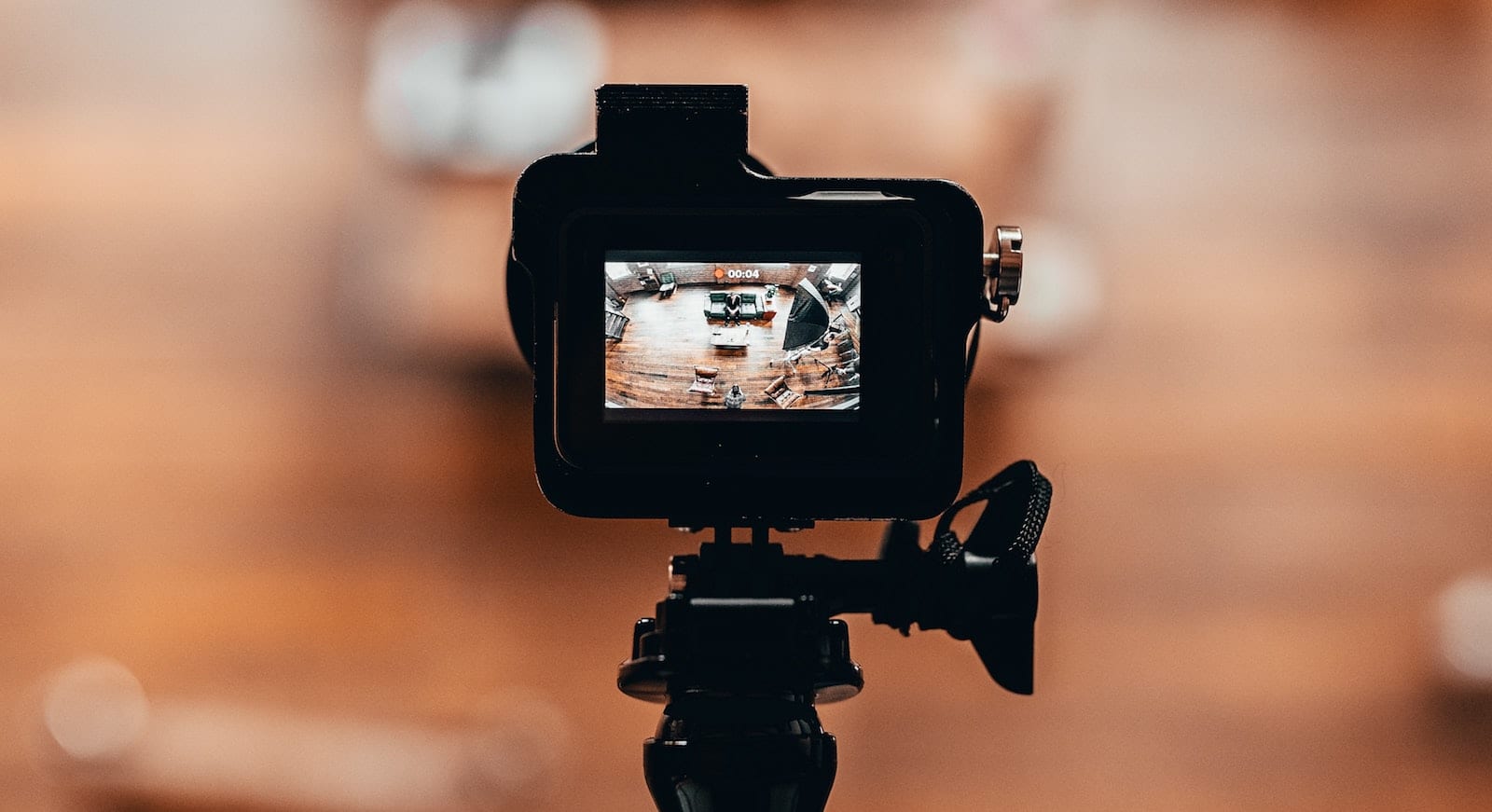
Best Practices for Livestream Concerts During the COVID-19 Shutdown
As D.C. shelters in place, many artists are beginning to livestream concerts. Here’s a quick list of our suggestions — crowdsourced from organizers, audiences and musicians — to help you retain audiences and make sure you earn as many tips as possible from your stream.
Anything we missed? Send suggestions to jamie AT capitalbop DOT com.
1: Plan in advance — and get the word out
The ease of livestreaming makes it tempting to toss up a quick Facebook announcement and hit “stream” 30 minutes later. And there’s nothing wrong with that! But if you want to get a larger audience or make it more of a formal concert, consider planning the stream days in advance.
And you can use that lead time to make sure people know to tune in! Get the stream listed on our calendar, post to community Facebook groups, and post regularly to your networks in the days leading up. And contact sadie AT capitalbop DOT com to request “taking over” CapitalBop’s own social media channels to increase your audience even further!
2: Think creatively about platforms
The go-to livestreaming platforms are still Instagram and Facebook Live. We suggest using both if you use one; stream from your computer for Facebook, and from your phone for Instagram.
But if you want to add a paywall to your stream as well as a built-in tip jar, you can try StageIt, a popular option for streamed concerts. YouTube also allows for interactive streams, and allows you to then add the concert to your library of videos on your channel. A final promising option is twitch.tv, a service popular with video game streamers that allows high-quality streaming with interactive commenting.
3: Maximize your earnings
If you aren’t charging for admission to your stream (or even if you are), make sure your tip information is all over it — in the description, written out on a card visible in the foreground of the video, verbally mentioned on-camera, etc.
And make sure that you give multiple options for tips. Younger crowds like to use Venmo and Cash App, but older audiences tend to prefer PayPal. It helps to have all three.
4: Make it interactive
Livestreams aren’t fully live music, and we all know that. But bringing in your live audience — having them offer input that affects the music you play, or reading their comments live on-stream and responding — totally changes the feel of the broadcast, bringing back the community that you feel in a live concert setting.
Try taking a page out of master Reginald Cyntje’s book: “Would you like to hear a slow tune next… or a fast one?”